The history of trees in PC gaming
Wood you join us as we look bark?
The '00s: Wood you kindly?
Maxis Decimus Deciduous
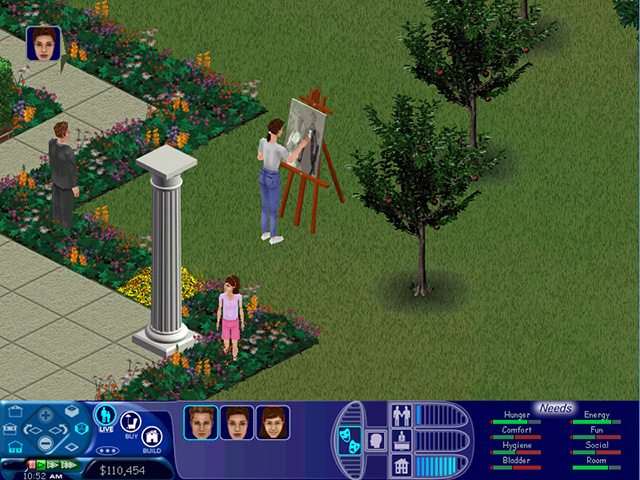
Remember the dark days of page one, and 3D Deathchase, when trees held dominion over men, motorcycles, and men on motorcycles? Well, 2000 was the year the woodworm turned. The Sims gives us control over trees, letting us purchase, plant, and gently rotate trees in a way that signals our ultimate triumph over nature. Large or small, indoor or outdoor, alive or dead: every type of tree is ours to manipulate. And, in a further act of ghoulish humiliation, The Sims even lets you decorate a murdered tree in the name of Christmas. Mankind’s victory is absolute.
Then there’s Halo: Combat Evolved. Released on PC in 2003, the first Halo captivated people with grass you could stare at for days—but the forests are equally appealing. Thick forests in Halo (the level), menacing vines in 343 Guilty Spark, icy pines in Assault on the Control Room: Combat Evolved has more types of tree than it does guns.
Spectatus Tropicana
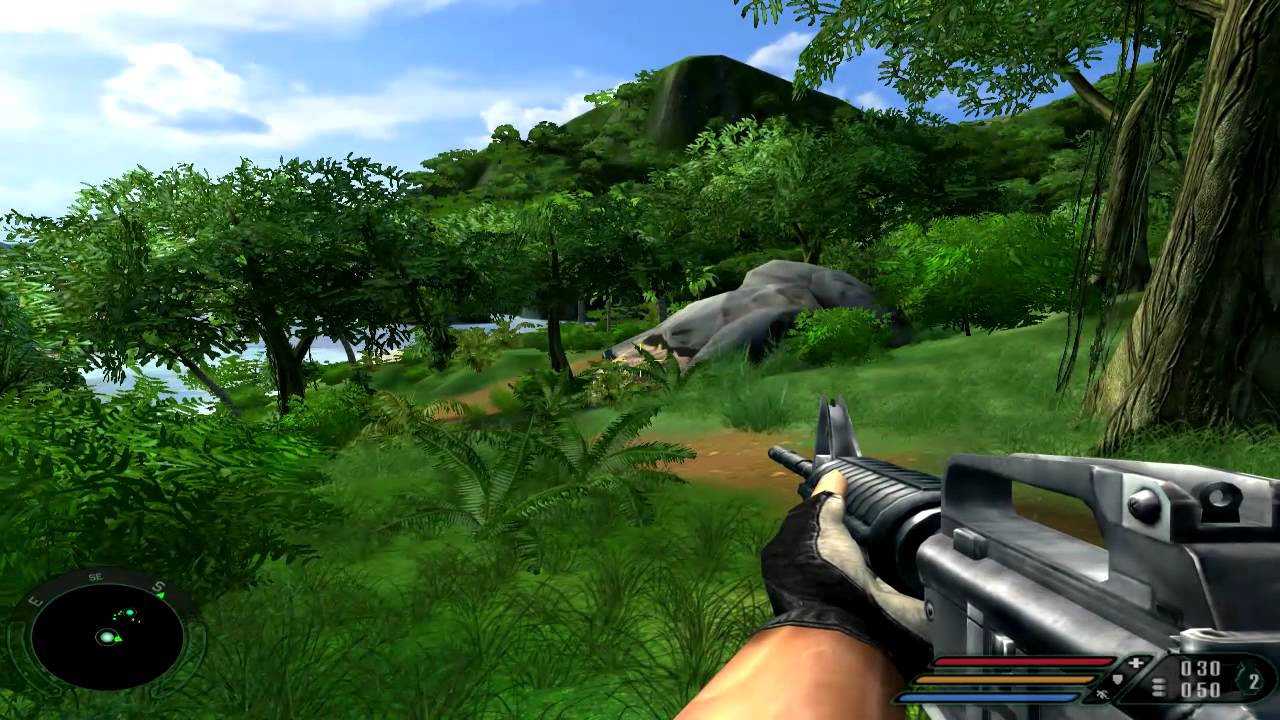
And now things get real. The branchmark by which every other game that followed would be measured, and, back in 2004, easily the most realistic jungle ever rendered. Hang gliding over Far Cry’s indecently dense foliage felt like nothing else: the dream of a hallucinating druid, trapped inside your home computer. It was reason enough to spend all your money on a PC powerful enough to play it at maximum settings, and few technical leaps forward since have felt quite so overwhelming. If only Far Cry’s mutants looked as good.
Settingus Maximus
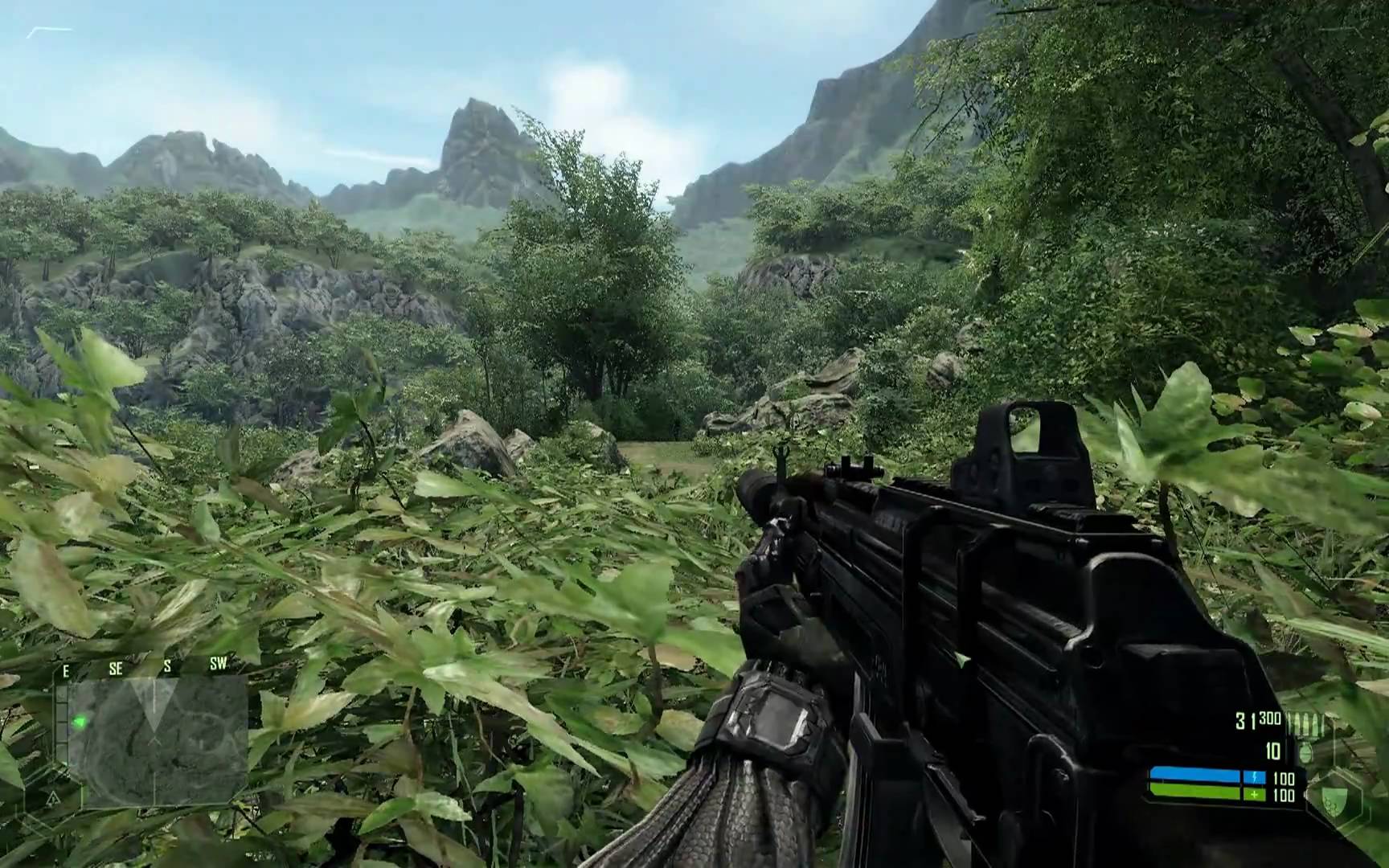
The forest moon of Endor from 2005’s Star Wars: Battlefront II deserves a quick mention for bringing to life one of the most recognisable woodlands in cinema, and World of Warcraft offered a variety of forests that still feel nourishing now (as well as the ability to turn into a tree if you’re a Druid). And, in 2006, the Elder Scrolls IV: Oblivion showed us an overwhelmingly lush Cyrodiil. But we can’t linger here too long; 2007 is waiting. The All Ghillied Up level of Call of Duty: Modern Warfare shows trees reclaiming the shattered landscape, and wins extra points for basically letting you play as a tree. And Resident Evil 4 set the standard for bark detail in games—yes, it’s a thing. Leon could probably take rubbings of those things. But once again, Crytek steals the show with an unparalleled PC classic. Crysis lets you shoot down trees, making the foliage tangible, and on max settings it still looks better than most games now.
Arbor Hominem
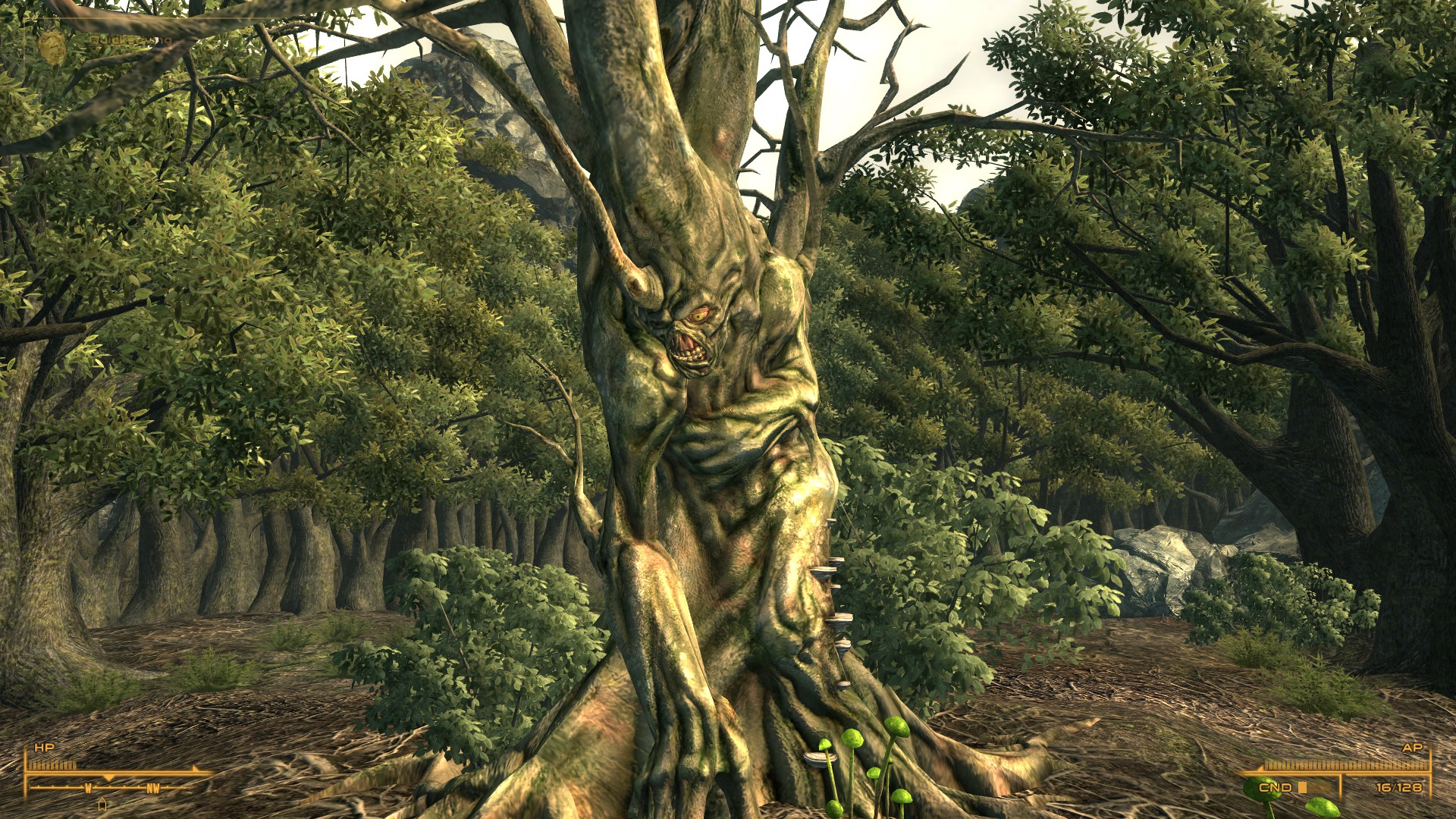
And finally for the 2000s, we pay homage to Harold. Perhaps not the most realistic tree in games—and certainly not the most handsome—but he does give us one of the best sidequests in 2008’s Fallout 3.
The '10s: Barking orders
Pinus Draconicus
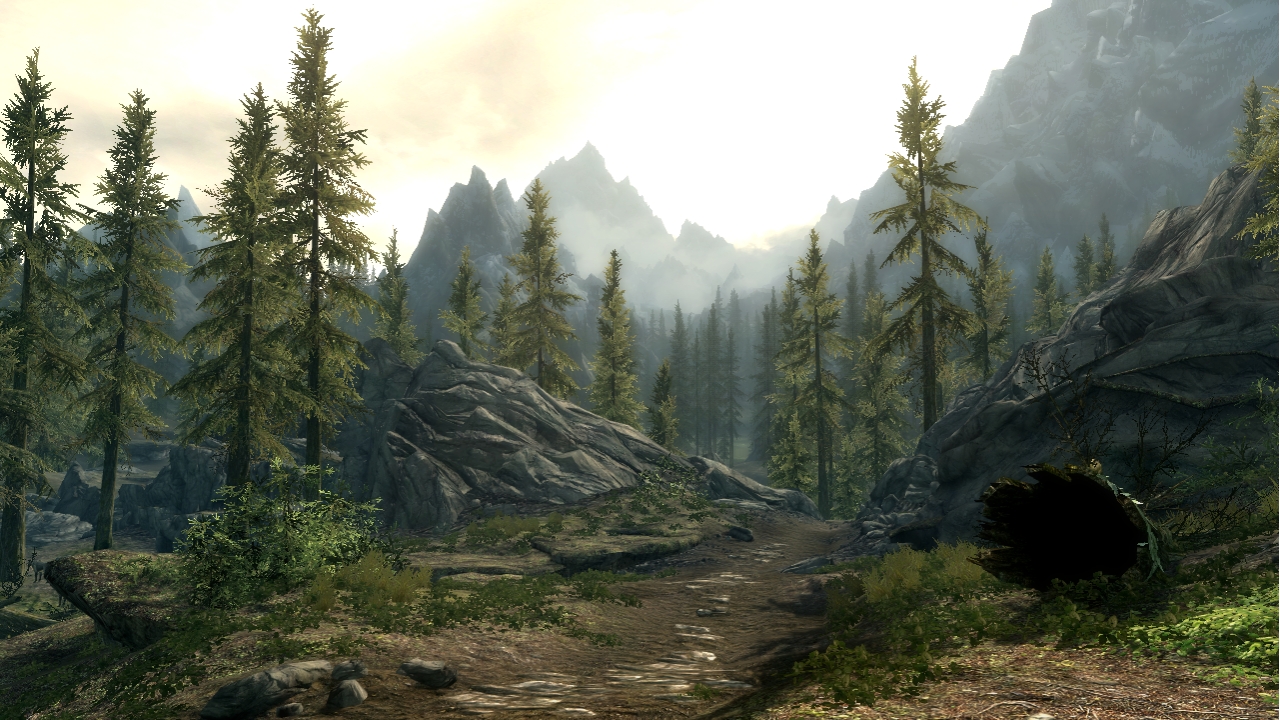
Progress in the 2010s is harder to spot. Partly because the advancements are more subtle, and partly because Crysis still looks better than everything. But The Elder Scrolls V: Skyrim, released in 2011, at least makes it easy to see how far the series had come in terms of herbal fidelity. Skyrim is a love letter to the nordic spruce; a landscape of leafy grottos, autumnal forests, and those majestic, lofty pines. You can even chop logs and use a sawmill, reminding us of man's largely one-way relationship with trees.
Scribo Misticus
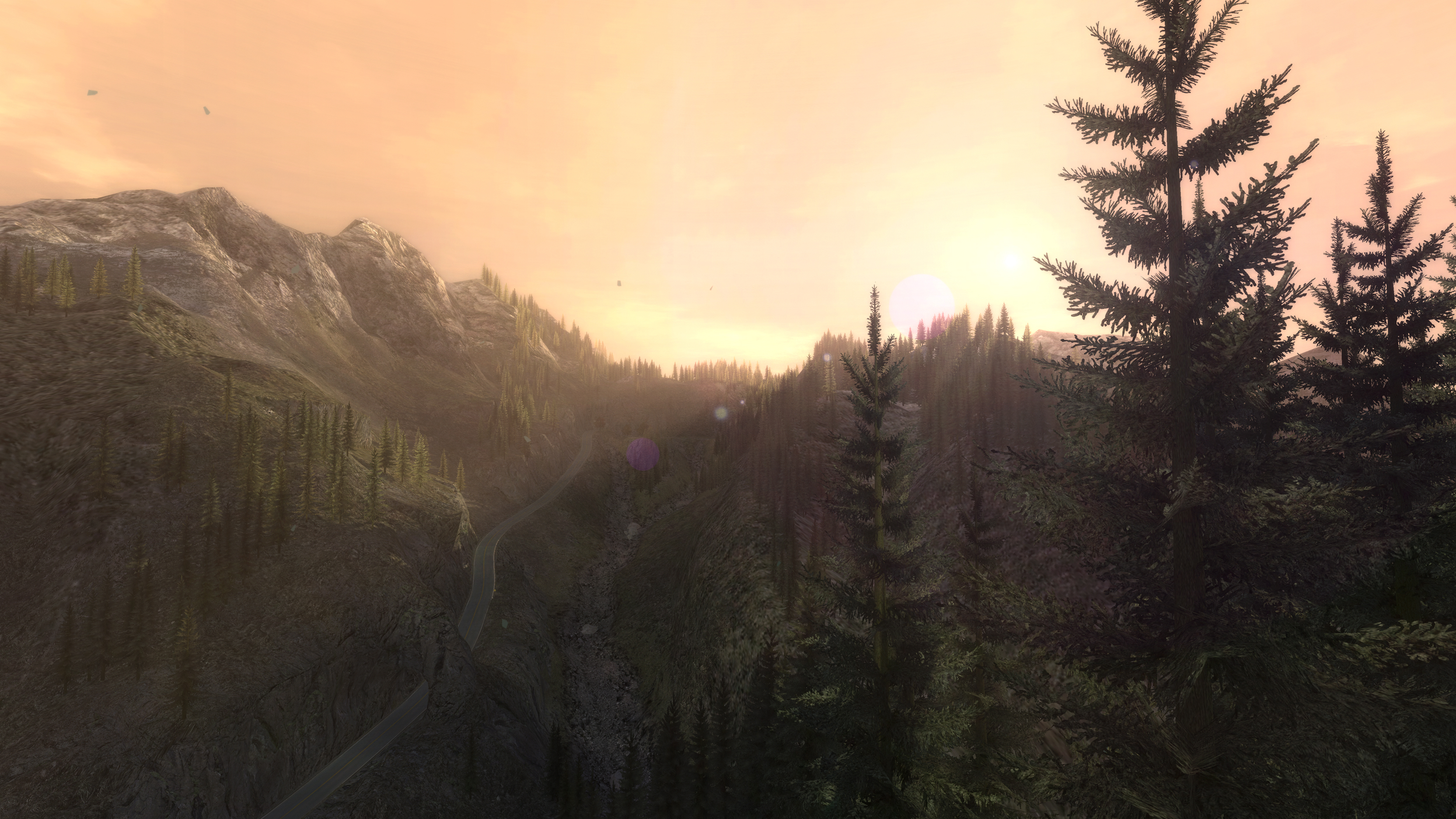
Minecraft’s blocky forests were a visual somersault backwards, but they did let us interact with wood in ways that meant crafting mechanics would be a part of every game for the next 200 years. You can punch, chop and reshape wood, and there’s a fine variety of planks on offer—it’s like B&Q, but with fewer pigmen. If you haven’t made a treetop retreat in Minecraft, you’re playing the game wrong. Another standout is Alan Wake, released on PC in 2012, which delivered deep, misty forests that are as atmospheric and evocative as they come. We also had the Kmart/Lidl Twin Peaks of Deadly Premonition a year later, which helpfully undermines my earlier point about everything in the 2010s looking great. And then there’s Proteus, also released in 2013, which reminds us that trees don’t have to be meticulously detailed to look striking.
The biggest gaming news, reviews and hardware deals
Keep up to date with the most important stories and the best deals, as picked by the PC Gamer team.
Apocalyptus Herba
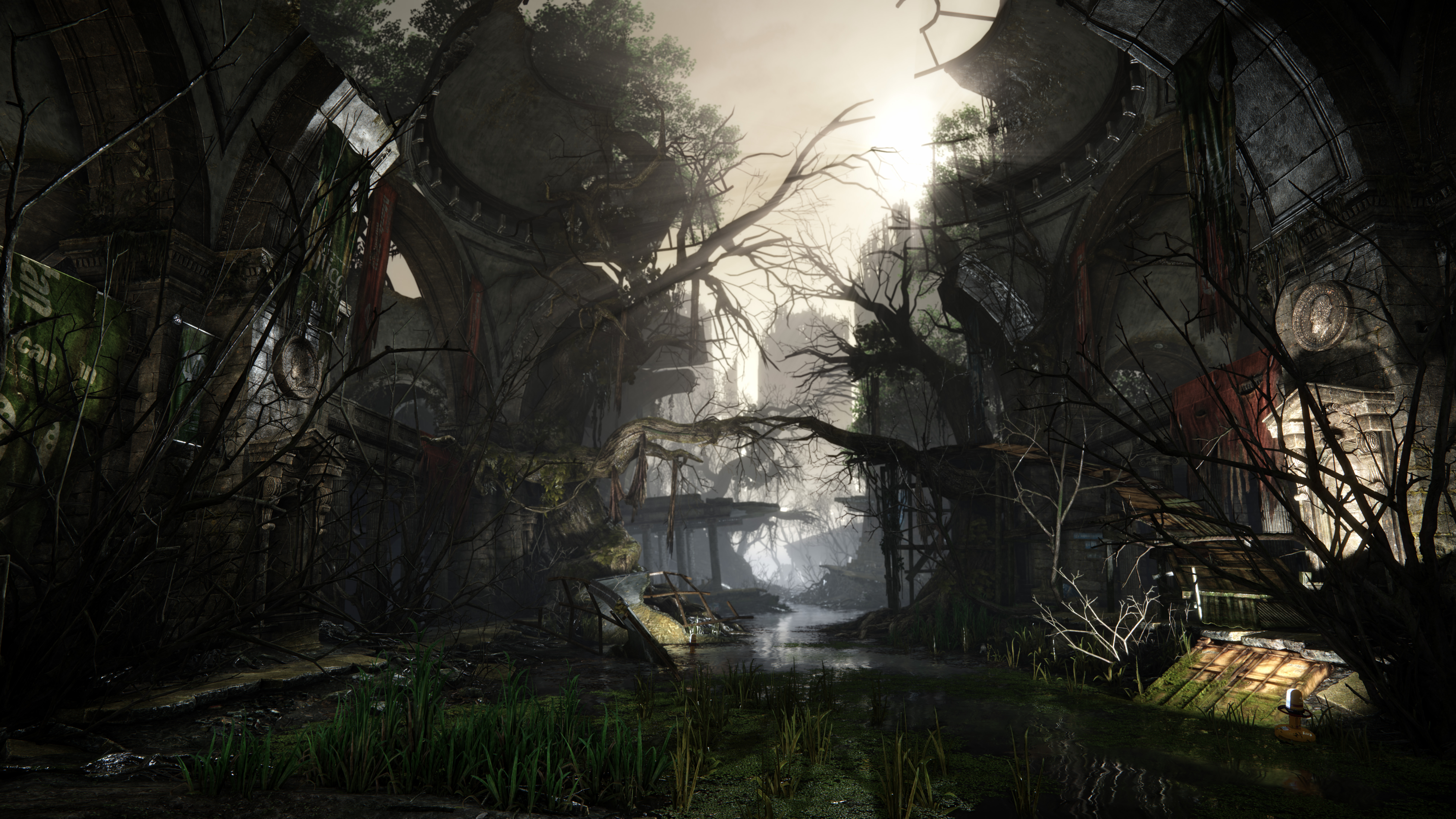
As we approach the end of our forest bathing stroll, we return again to Crytek, who accidentally made the first Crysis so pretty that everything that’s followed has looked guff. Crysis 3 is almost an exception, but the foliage has lost some of its depth and lustre, even though the game is set in a post-apocalypse when nature has reclaimed the cities of humanity—perhaps in revenge for the humiliation suffered in The Sims. Battlefield 4 also has excellent foliage, but you were probably too busy flattening buildings and complaining about the linear campaign to notice.
Gusty Venefica
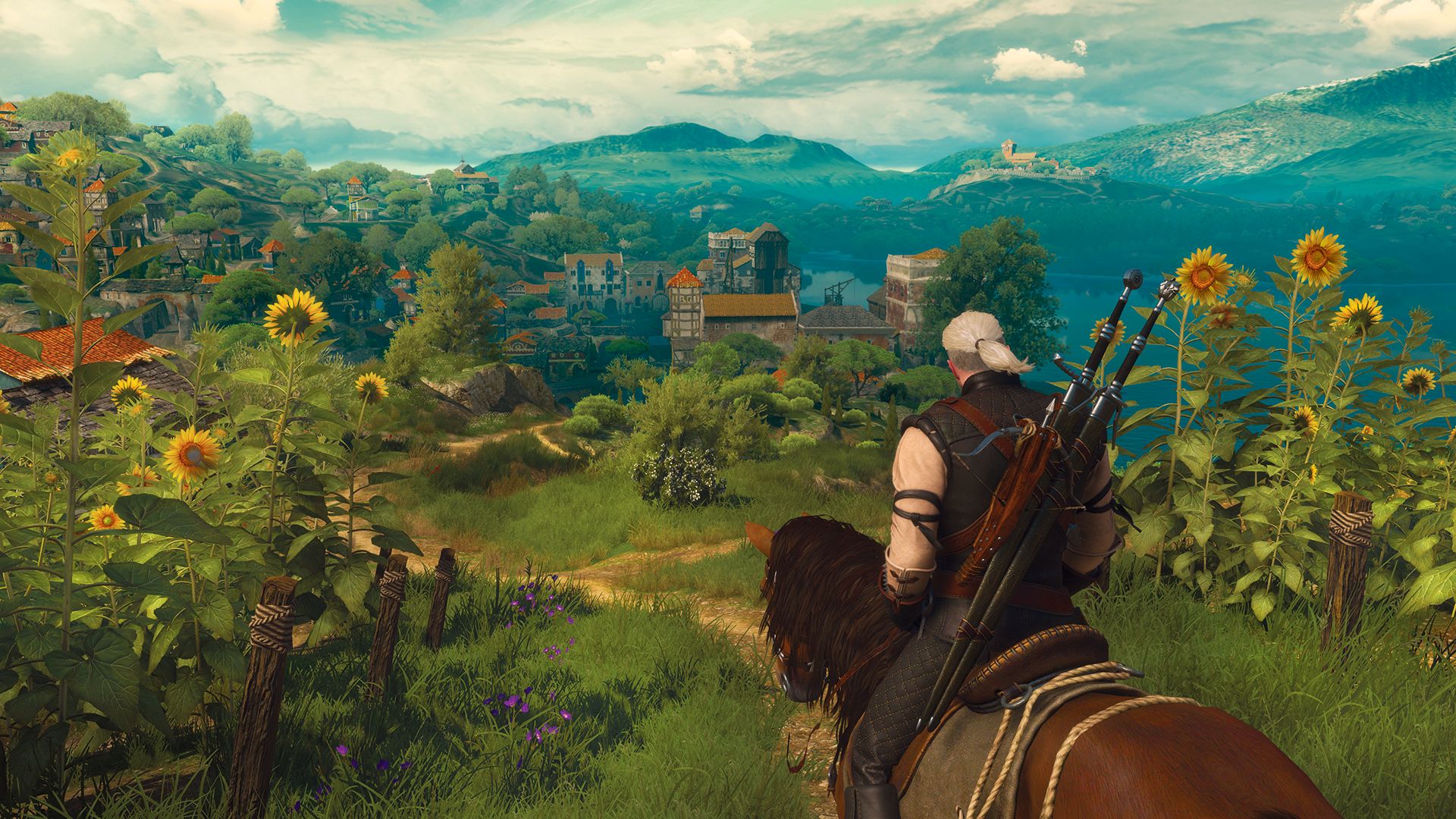
And finally, we come to it. The Witcher 3: Wild Hunt is the sort of game you stop playing just to watch the trees. When you first reach Velen and see those weatherbeaten leafy landscapes, you feel like dragging your rambling relatives to your 4K monitor so they can appreciate the glory of nature without going outside. And CD Projekt Red clearly love a good thicket, as evidence by the variety on offer: we’ve got hanging trees, sacred trees, dead trees, possessed trees. No game has ever featured boscage in so many starring roles (I told you I used a thesaurus). Cast your mind back to the grasping shrubs of Skifree, and revel in 22 years of planking progress.
But also: it still doesn’t look as good as Crysis.

